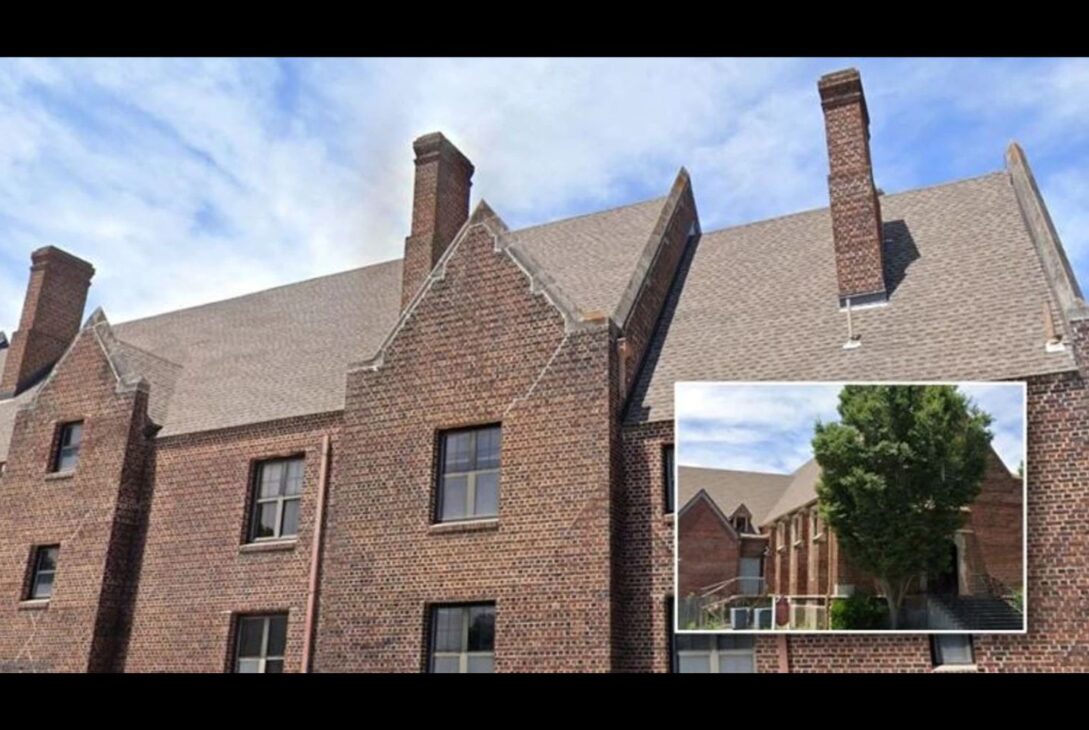Introduction
The Bacone College Financial Collapse caught a lot of people by surprise. Basically, the college ran into serious money problems that affected students, staff, and even the local community. From shrinking enrollment to mismanaged budgets, small colleges like Bacone often have little room for mistakes. Here, we’ll explore the full story—what led to it, who got affected, and what lessons other schools can learn.
See Also: Rat Tail Comb: Easy Styling Tool for Perfect Hair
A Quick Look at Bacone College
History and Background
Bacone College has a long history, founded over a hundred years ago in Oklahoma. Known for its focus on Native American education, the college has been a hub for arts, liberal arts, and community programs. While small, Bacone built a reputation for close student-faculty relationships and a tight-knit campus vibe.
Enrollment and Academic Programs
At its peak, Bacone hosted a few hundred students and offered programs in arts, education, business, and liberal arts. Over the years, declining enrollment became a major issue, putting stress on finances and making it harder to keep programs running efficiently.
Early Signs of Financial Trouble
Leadership Decisions
Some of the trouble started with budget choices and campus expansions that didn’t pan out. Investments in facilities were made without ensuring consistent revenue streams. Small mistakes became bigger issues over time, and the administration struggled to adapt.
Falling Revenue
Private colleges rely heavily on tuition. With fewer students enrolling and donations dropping, Bacone faced a shrinking income. Add in rising operational costs, and it’s easy to see how a small college could spiral into trouble.
Timeline: How Things Went South
- 2010–2015: Gradual decline in student numbers.
- 2016: Donation shortfalls hit, reducing financial flexibility.
- 2018: Leadership changes created temporary instability.
- 2020–2023: COVID-19 worsened the situation, cutting in-person classes and revenue streams.
These events stacked up, ultimately leading to the Bacone College Financial Collapse.
Main Causes of the Collapse
Mismanagement
Poor financial planning played a big role. Overspending on buildings and programs while ignoring essential operational costs left the school vulnerable. Small colleges like Bacone can’t survive mistakes like this for long.
Declining Enrollment
When fewer students sign up, tuition income drops. Competition from larger universities offering more programs and scholarships worsened the problem.
External Pressures
State funding cuts, lower donations, and general economic downturns added pressure. Small colleges with minimal reserves often have no buffer for tough times.
Accreditation Challenges
Maintaining accreditation is expensive and time-consuming. Failing to meet standards can affect reputation, student enrollment, and future funding, creating a vicious cycle.
Who Was Affected?
Students
Students faced canceled classes, lost scholarships, and uncertainty about their degrees. Many had to transfer to other colleges, sometimes losing credits in the process.
Faculty and Staff
Job losses and pay cuts were unavoidable. Staff who had worked for years suddenly found themselves without stable income, which was both stressful and demoralizing.
Local Community
Bacone College isn’t just a school—it’s part of the local economy. Shops, housing, and other businesses felt the impact as campus activity and student spending declined.
See Also: Navigator Pear: Sweet Flavor, Nutrition & Easy Uses
Reactions and Public Response
Official Statements
College leaders acknowledged the financial problems and tried fundraising efforts, though results were limited. Some officials blamed external pressures, while others admitted mismanagement.
Media Coverage
Local news and national outlets covered the story extensively. Social media buzz reflected worry among alumni, students, and faculty. People sympathized with those affected, but many were frustrated about how things were handled.
Future Outlook
Recovery Possibilities
Some small colleges attempt mergers or partnerships to survive. Bacone could explore these, though nothing has been confirmed.
Likely Scenarios
Without major intervention, closure or major restructuring seems likely. Many small colleges in similar situations struggle to recover fully, especially without strong community and alumni support.
Lessons from Bacone College
- Financial Transparency: Regular audits and clear budgets prevent sudden crises.
- Adaptive Programs: Schools need to innovate and diversify to attract students.
- Community Engagement: Alumni and local support are critical in emergencies.
- Leadership Matters: Wise decisions today prevent disasters tomorrow.
How Other Colleges Can Avoid This
- Track enrollment trends carefully.
- Avoid overextending on buildings or programs without a plan.
- Build emergency funds for unexpected challenges.
- Engage alumni and community to support fundraising efforts.
- Ensure leadership is proactive, not reactive.
FAQs
Q1: Why did Bacone College collapse financially?
A: A combination of falling enrollment, financial mismanagement, and outside economic pressures caused the crisis.
Q2: Can students recover lost tuition or credits?
A: Sometimes, yes. It depends on transfer agreements and how quickly they find new programs.
Q3: Are other small colleges at risk?
A: Definitely. Many small private colleges face similar challenges with declining enrollment and limited funding.
Q4: What can other colleges learn?
A: Transparency, flexible programs, community support, and smart leadership are crucial to staying afloat.
See Also: MyWebInsurance.com Plans, Quotes & Coverage
Conclusion
The Bacone College Financial Collapse is a tough lesson for small colleges everywhere. It shows how declining enrollment, poor financial choices, and external pressures can combine into a full-blown crisis. Hopefully, other schools can learn from Bacone’s story—plan wisely, engage the community, and adapt to changing times. Small colleges can survive, but only with careful planning, smart leadership, and strong support networks.


